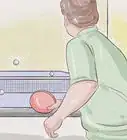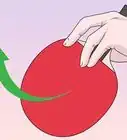This article was co-authored by wikiHow staff writer, Jessica Gibson. Jessica Gibson is a Writer and Editor who's been with wikiHow since 2014. After completing a year of art studies at the Emily Carr University in Vancouver, she graduated from Columbia College with a BA in History. Jessica also completed an MA in History from The University of Oregon in 2013.
There are 10 references cited in this article, which can be found at the bottom of the page.
This article has been viewed 49,915 times.
Learn more...
At its simplest, table tennis is a sport where opponents hit a ball back and forth on a table with a low net. But, for all its simplicity, table tennis is a challenging sport with an intense mental aspect. Usually, an opponent will either play defensively (blocking strikes and wearing down the other player) or will aggressively strike balls to the other player. If you find yourself playing an opponent who's going on the offensive, use key defensive strokes. These strokes and a defensive strategy can cripple your opponent's game.
Steps
Using Defensive Strokes
-
1Push the ball back. Return a ball to your opponent by placing a little backspin on the ball. To do a backhand push, stand close to the table and hold your forearm with the paddle parallel to the table. Keep the other arm pointed towards the ball so you stay balanced. Use a short stroke to hit the ball on back bottom part of the paddle. This will give it a little spin.
- This is a good defensive stroke to return a ball that your opponent hits short over the net (one that would bounce twice on the table). It also keeps your opponent from using an attacking stroke.[1]
-
2Use forehand drive. Send the ball to your opponent's baseline or sideline and prevent her from playing an aggressive shot. To use forehand drive, stay close to the table, but turn so your side faces the play. Raise your paddle up a bit and keep your free arm pointed toward the ball. When the ball comes toward you, twist 45 degrees and hit the ball at the top of it's bounce.[2]
- If you want to give it some topspin, keep your paddle in a somewhat closed position. To keep it in a closed position, hold the paddle with the hitting side facing down towards the table.
Advertisement -
3Lob the shot. Your opponent might strike a high ball across the table to you. If she does this, you'll need to return the ball so that she can't forcefully smash it back to you. You'll need to lob the ball or return it with unpredictable spin. To lob the ball, return the ball high in the air so your opponent has a hard time timing her return shot. Try to send the ball to the deepest part of the table so your opponent will to return the ball from farther away, slowing it down.[3]
- Until you're comfortable lobbing the shot, remember to quickly get back into position after you've returned the ball. This way you'll be prepared if your opponent smashes the ball.
-
4Block your opponent's shot. If your opponent sends a high ball your way, consider smashing (also known as slamming) the ball. This will forcefully return the ball to your opponent so that she won't be able to hit it. Take a few steps back while you rotate your body to the side. Raise your paddle up high so that you bring it down with force when your opponent lobs the ball at you.[4]
- Smashing the ball takes a lot of practice, especially to keep the ball from bouncing off the opposite wall or into the net.
-
5Use a chop stroke. Stand about 7 to 10 feet away from the table with your right leg slightly in front of the other. Swing the paddle back early so you're prepared to undercut the bottom of the ball as it starts descending towards you. To undercut the ball, sweep the paddle down and up as though you're scooping up the ball.[5] Chopping the ball can spin the ball and throw it on a new trajectory, preventing your opponent from scoring.[6]
- If you want to do a backhand chop, twist your body to the left before doing the stroke. Or, if you want to do a forehand chop, rotate your body to the right before the stroke.
Developing a Defensive Strategy
-
1Improve your stance. Give yourself a little room at the back of the table and stand with your feet a little more than shoulder-width apart. It's important to keep your knees bent so you're ready to spring into action and return shots. Hold the paddle at mid-distance from your body so you can return a variety of your opponent's shots.
- While you can hold the paddle in a neutral position to defend against different types of shots, you may actually want to hold it in a backhand position. This will be more effective in defending against slams and is better for defensive purposes.
-
2Be the first to attack. While this may sound like more of an offensive strategy, being the first to attack will put your opponent under pressure to return your shot. This might be enough to throw off your opponent or at least keep her from settling into a comfortable offensive rhythm.
-
3Play down the middle of the table. Try to keep your shots going straight down the middle of the table, so your opponent has fewer options for returning the shots.[9] She'll have to stay close to the table to return your shots. Playing the middle of the table also works well if your opponent is tall and has less room to maneuver backhand and forehand shots.[10]
- Try to determine what power zone your opponent prefers. She might like shooting from her forehand side or from the area close to her body on the backhand side. Avoid sending the ball to her power zones.
-
4Change your strokes and speed. Try to keep your opponent on her toes. She'll be looking for you to fall into a set rhythm with shots. But, if you change the speed of your shots, you'll force her to change her style of play which can lead to mistakes on her part.
- For example, if your opponent likes hitting a long stroke with a lot of topspin, try to return the shot low and close to the net. This way, she can't do her preferred stroke.[11]
-
5Practice. Try to play against an opponent who's just slightly higher in skill level than you. If you play against someone who's much more skilled, you'll have a harder time learning how to improve on what you're doing.[12] Ask your opponent to vary her shots so you can practice returning them using forehand and backhand returns. For example, you might lob the ball at your opponent so she can slam it back to you. This way, you can practice returning a slam hit.
- Don't be discouraged. Much of table tennis is a mental competition, you just need to practice gauging what your opponent will do.
Community Q&A
-
QuestionWhat are the rules to table tennis?
 Community Answer
Community Answer -
QuestionHow should I hold the paddle?
 Community AnswerWith your dominant hand. Try to have a loose but firm grip on the paddle. That will help you with control.
Community AnswerWith your dominant hand. Try to have a loose but firm grip on the paddle. That will help you with control. -
QuestionHow to return a smash in table tennis?
 Gerard TranCommunity AnswerTo return a smash in table tennis requires good footwork and reflexes. Make sure that you anticipate that the opponent will smash the ball and immediately take a few steps back from the table. From there, you can play defensive and lob the ball back (good lobs are the ones where the ball is returned near the edge of the opponent's side) or smash it back. However, this is difficult to execute.
Gerard TranCommunity AnswerTo return a smash in table tennis requires good footwork and reflexes. Make sure that you anticipate that the opponent will smash the ball and immediately take a few steps back from the table. From there, you can play defensive and lob the ball back (good lobs are the ones where the ball is returned near the edge of the opponent's side) or smash it back. However, this is difficult to execute.
References
- ↑ http://www.allabouttabletennis.com/table-tennis-stroke.html
- ↑ http://www.allabouttabletennis.com/table-tennis-stroke.html
- ↑ http://www.tabletennisdb.com/coachwiki/13-lob/
- ↑ https://www.myactivesg.com/sports/table-tennis/training-method/table-tennis-for-beginners/how-do-you-smash-in-table-tennis
- ↑ http://www.ign.com/wikis/wii-sports-resort/Table_Tennis_Match
- ↑ http://www.larrytt.com/ttsts/Step%2010%20-%20Chopping%20-%20Backspin%20Defense.pdf
- ↑ http://www.allabouttabletennis.com/table-tennis-techniques-loop.html
- ↑ http://www.allabouttabletennis.com/table-tennis-techniques-spin.html
- ↑ http://www.allabouttabletennis.com/tactics-against-attackers.html
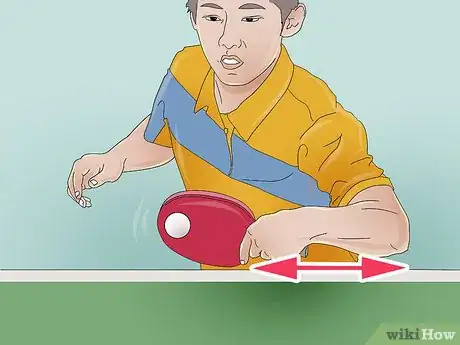
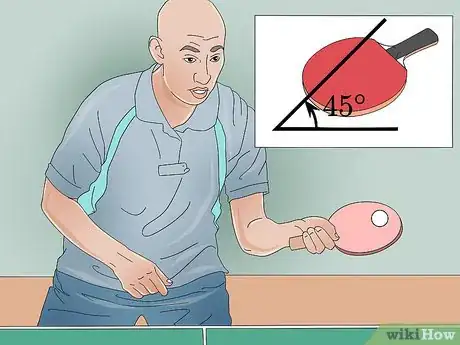
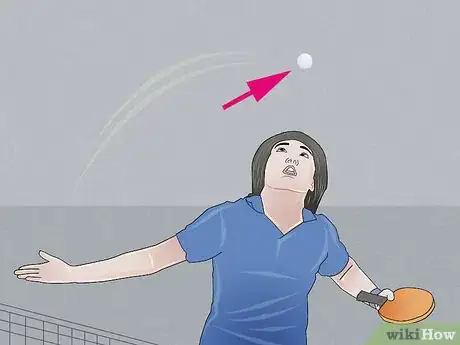
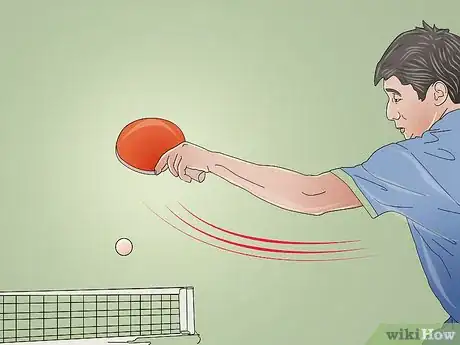
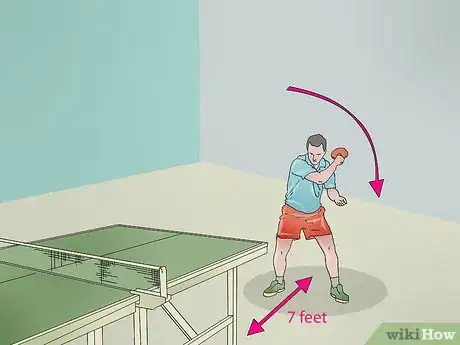
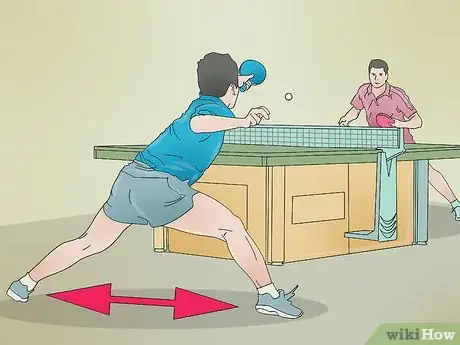
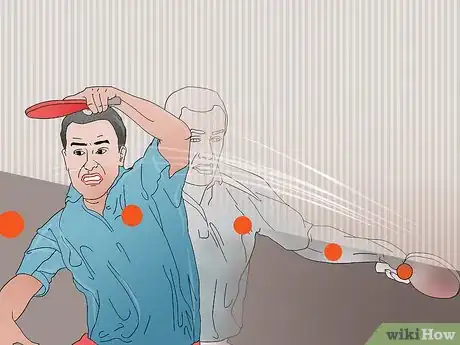
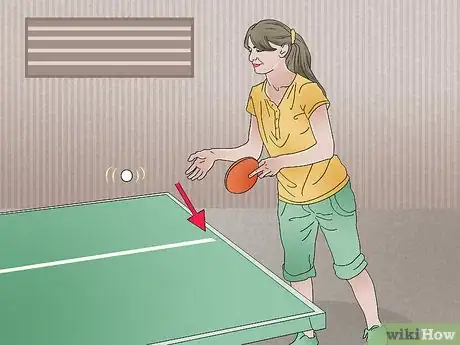
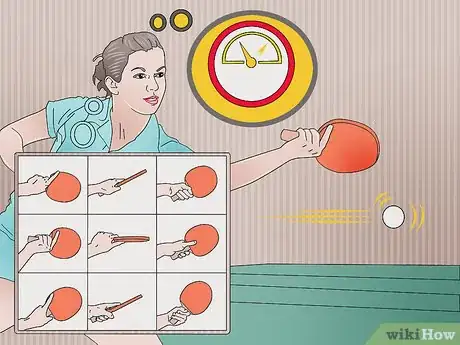
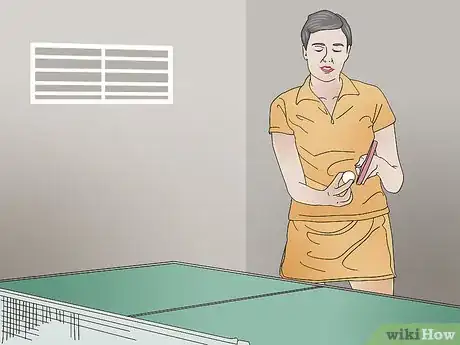
-Step-19-Version-4.webp)
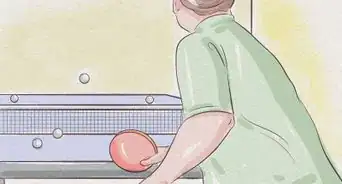
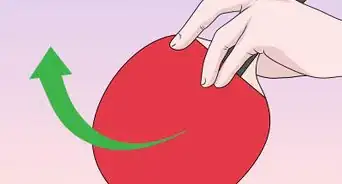
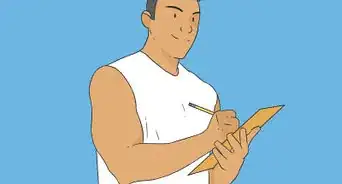
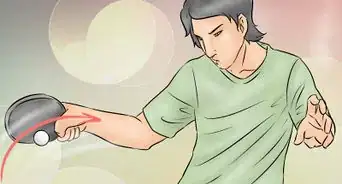
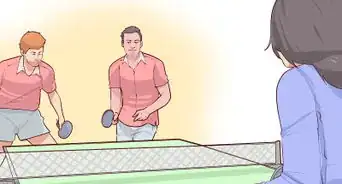
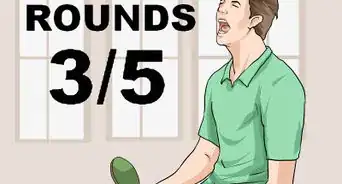
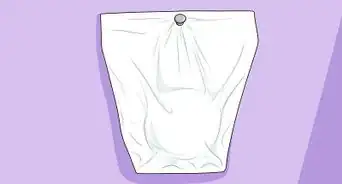
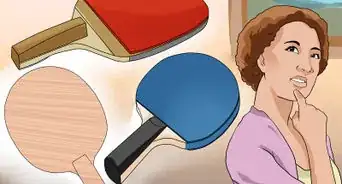








-Step-19-Version-4.webp)
